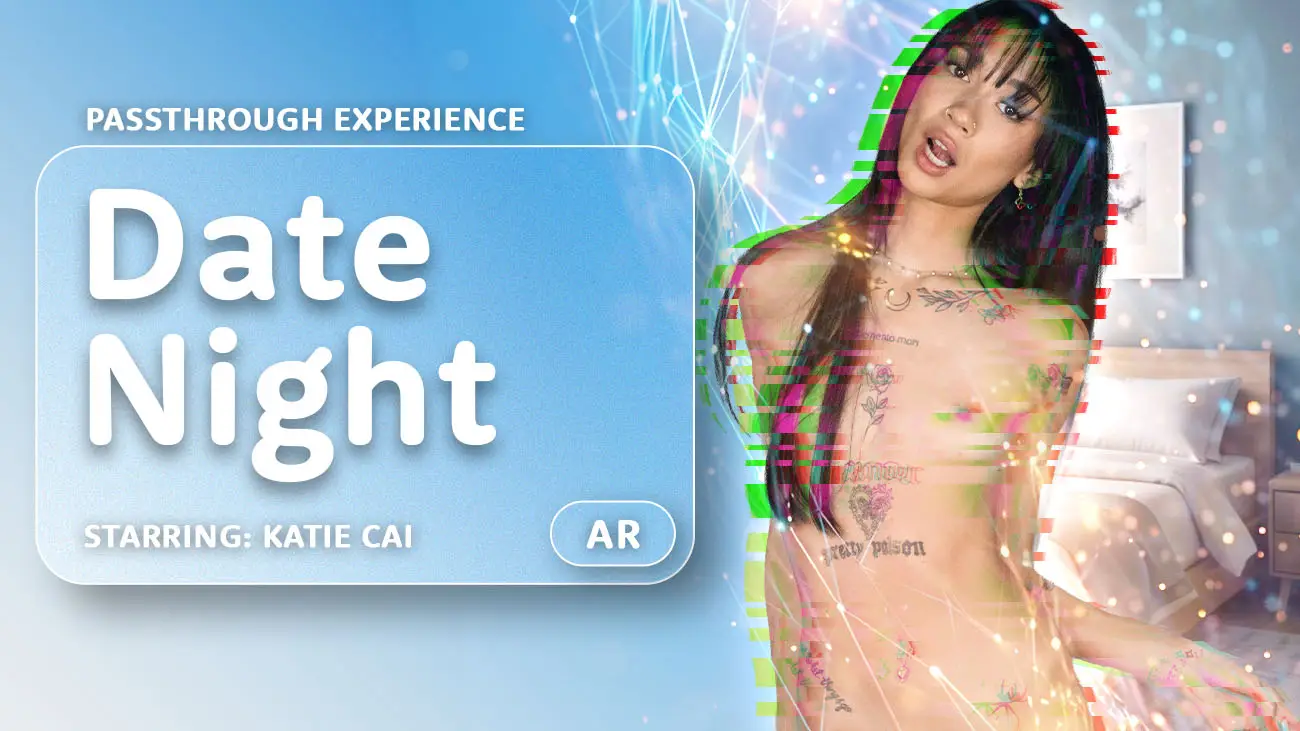Fisheye VR, a captivating sub-category within the virtual reality domain, has been making significant strides in recent years. This unique technology utilizes fisheye lenses to create immersive, 360-degree visual experiences that transport users into entirely new worlds. As VR continues to evolve, the fisheye category has garnered attention for its ability to deliver unparalleled panoramic views, enhancing the sense of presence and immersion for users across various applications.
The latest advancements in fisheye VR technology have led to the development of more compact and affordable systems, making it more accessible to a wider audience. Companies like Insta360 and Ricoh have introduced cutting-edge fisheye VR cameras that offer high-resolution, seamless stitching, and real-time streaming capabilities. These innovations have opened up new possibilities for content creators, allowing them to capture and share immersive experiences with greater ease and efficiency.
Fisheye VR is not limited to entertainment purposes alone; it has also found applications in fields such as education, tourism, and real estate. By leveraging the power of fisheye lenses, educators can create engaging virtual field trips, while tourism boards can showcase destinations in an interactive and captivating manner. In the real estate industry, fisheye VR enables potential buyers to explore properties remotely, providing a more immersive and informative experience compared to traditional photographs or videos.
As the demand for immersive content continues to grow, the fisheye VR category is poised for further growth and innovation. With ongoing research and development, we can expect to see even more advanced fisheye VR systems that offer higher resolutions, wider fields of view, and enhanced user experiences. As this technology becomes more mainstream, it has the potential to revolutionize the way we interact with digital content and connect with the world around us.



